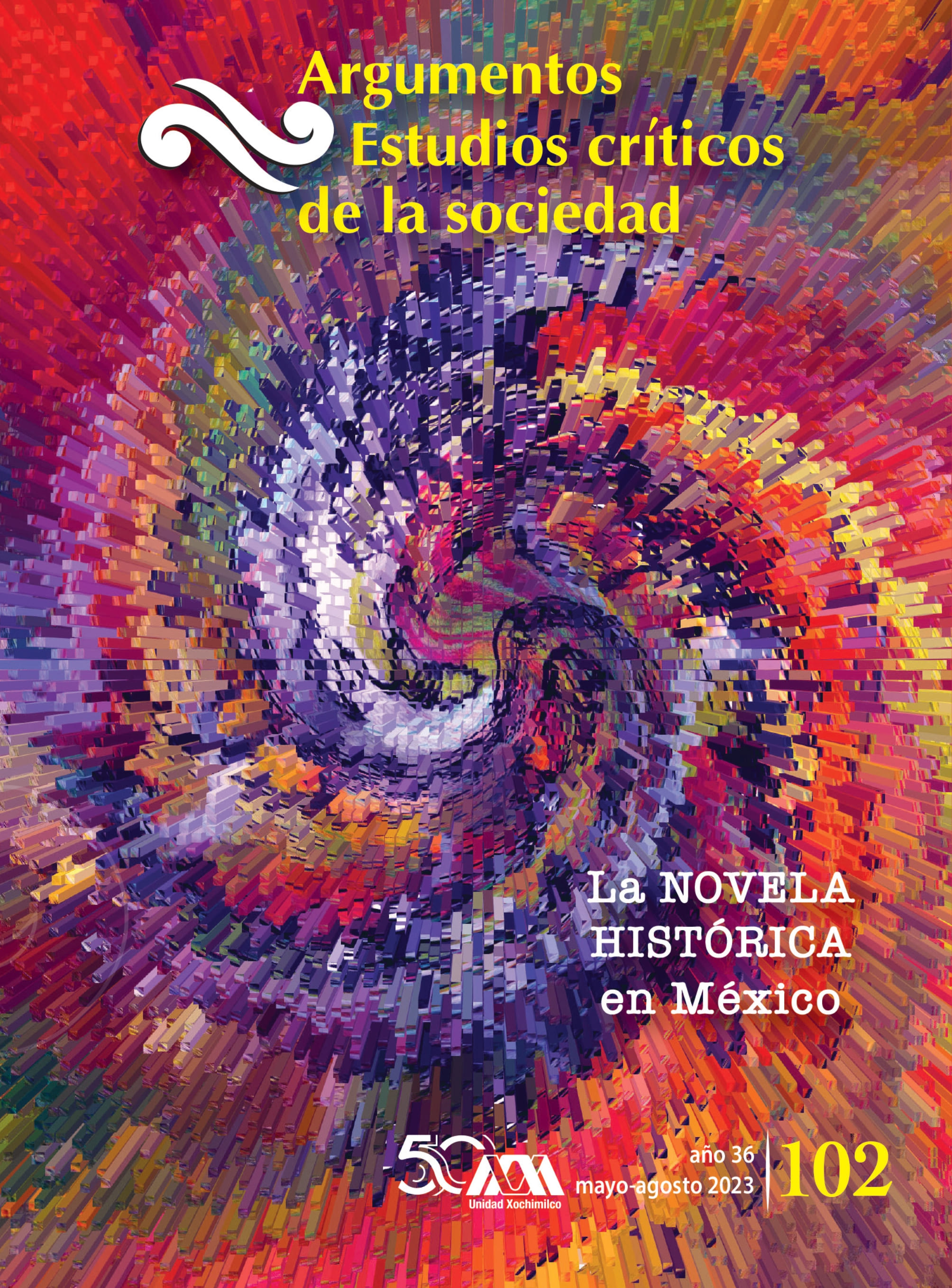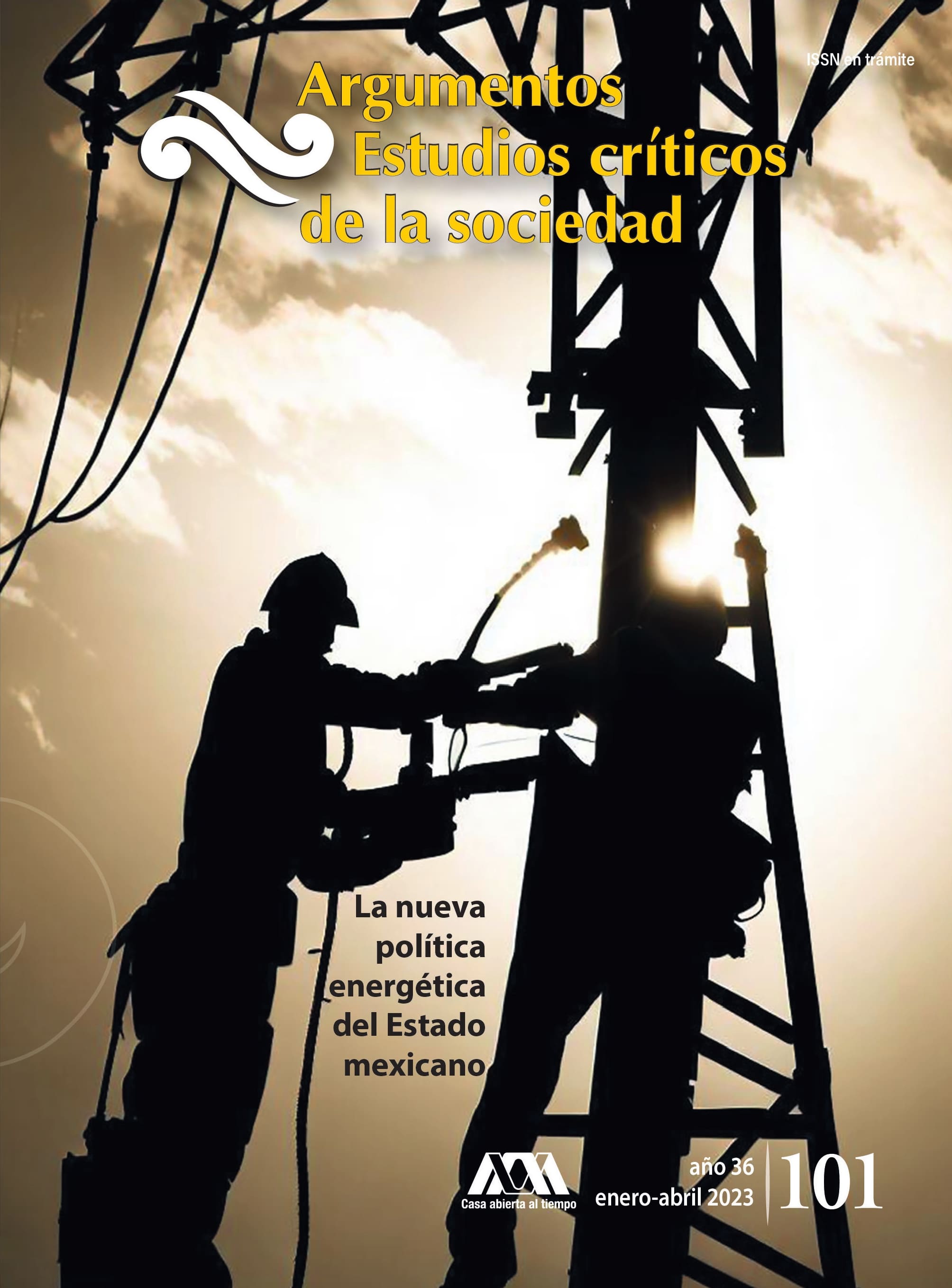Campesinado indígena en México, Bolivia y Perú:
De las reformas agrarias a la colonización de frontera.
Abstract
This article compares the evolution of Indian peasant groups in the three countries. It analyzes the agrarian reforms and the different levels of success achieved in each country in order to transform their identity and social condition, with the aim of incorporating Indian peasants into the capitalists agrarian development schemes for each country. The analysis begins with a review of the regional peculiarities of prehispanic social formations, especially of its basic production units: the so called calpulli and aylfu, that marked the long memory of the Indian peasants; and analyzes the capacity of the agrarian reforms and the most recent process of frontier colonization in order to eliminate or reconstruct that large memory.








